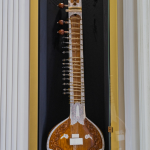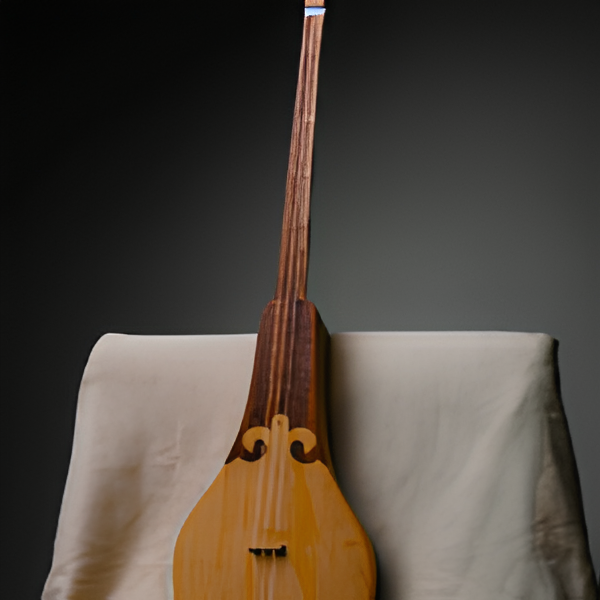A Gift from Admirers in India
DAIDIDAU.KZ
DAIDIDAU.KZ
DAIDIDAU.KZ
DAIDIDAU.KZ
DAIDIDAU.KZ
DAIDIDAU.KZ
DAIDIDAU.KZ
DAIDIDAU.KZ
DAIDIDAU.KZ
DAIDIDAU.KZ
DAIDIDAU.KZ
DAIDIDAU.KZ
DAIDIDAU.KZ
DAIDIDAU.KZ
DAIDIDAU.KZ
DAIDIDAU.KZ
DAIDIDAU.KZ
DAIDIDAU.KZ
DAIDIDAU.KZ
DAIDIDAU.KZ
DAIDIDAU.KZ
DAIDIDAU.KZ
DAIDIDAU.KZ
DAIDIDAU.KZ
DAIDIDAU.KZ
- ThePlus Audio




SITAR
The sitar is an Indian string instrument, most often used for performing classical compositions.
In translation, the name means "seven strings" — "se" and "tar." The sitar was created by the musician Amir Khusro back in the 18th century. Its predecessor is considered to be the Hindustani instrument vina, widespread in the 16th-18th centuries in India. It was used for religious ceremonies.
Modern musicians use this instrument in various genres to create something authentic with an oriental touch.
The sound of the sitar is mesmerizing due to the unique combination of melodic and buzzing strings. The instrument has 7 main strings (5 — for melodies, 2 — for accompaniment) and 9–13 additional resonating strings (taraf — orchestra). These strings create deep harmony. At the neck's ends, there are also pumpkin resonators.
For playing, a pick called a mizrab is used, which is worn on the index finger. Interest in the Indian instrument appeared in the West after George Harrison, inspired by the sitar's sound, learned to play it from the famous master Ravi Shankar. We can hear the instrument's sound in The Beatles' album song Rubber Soul.







